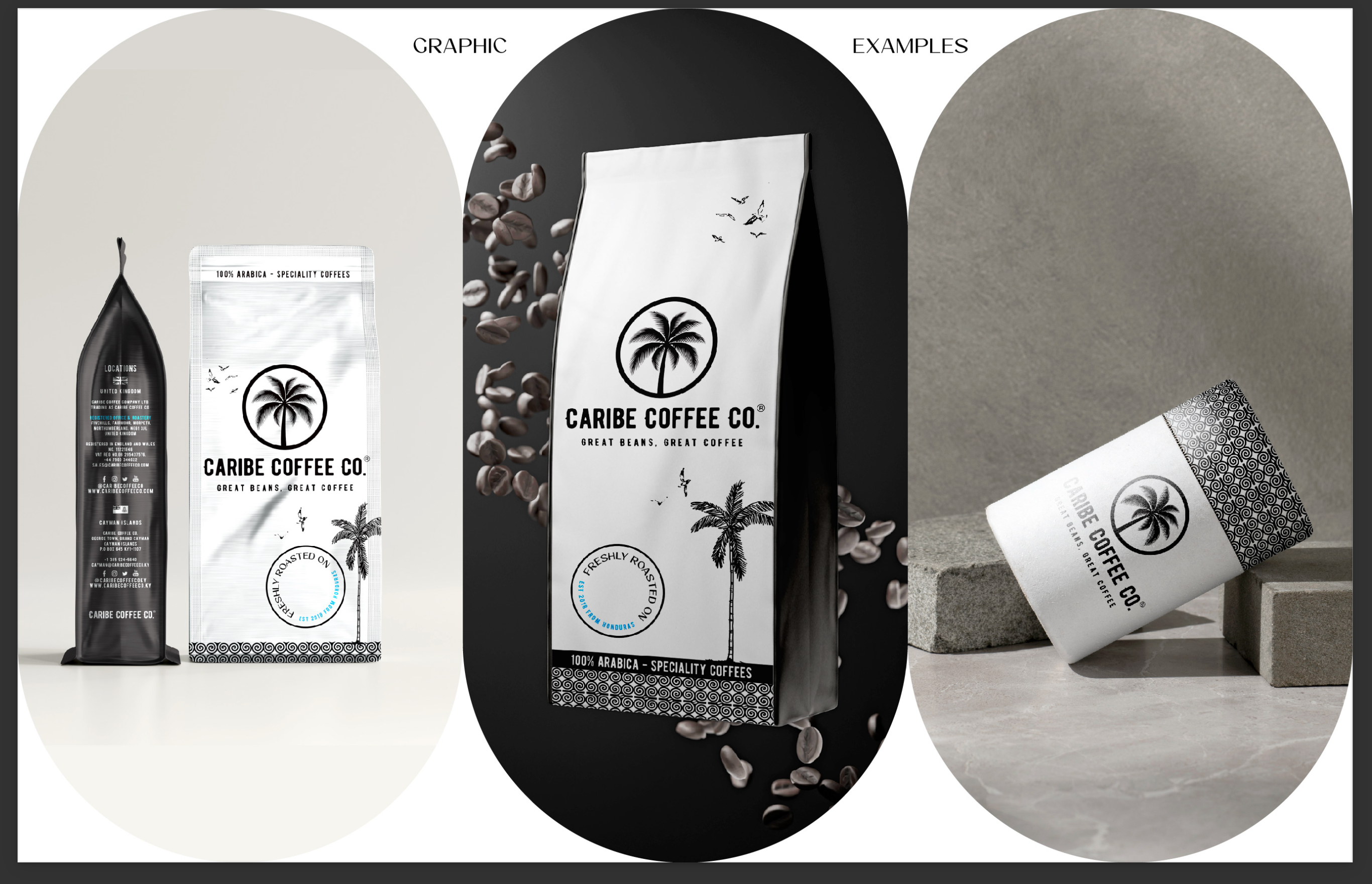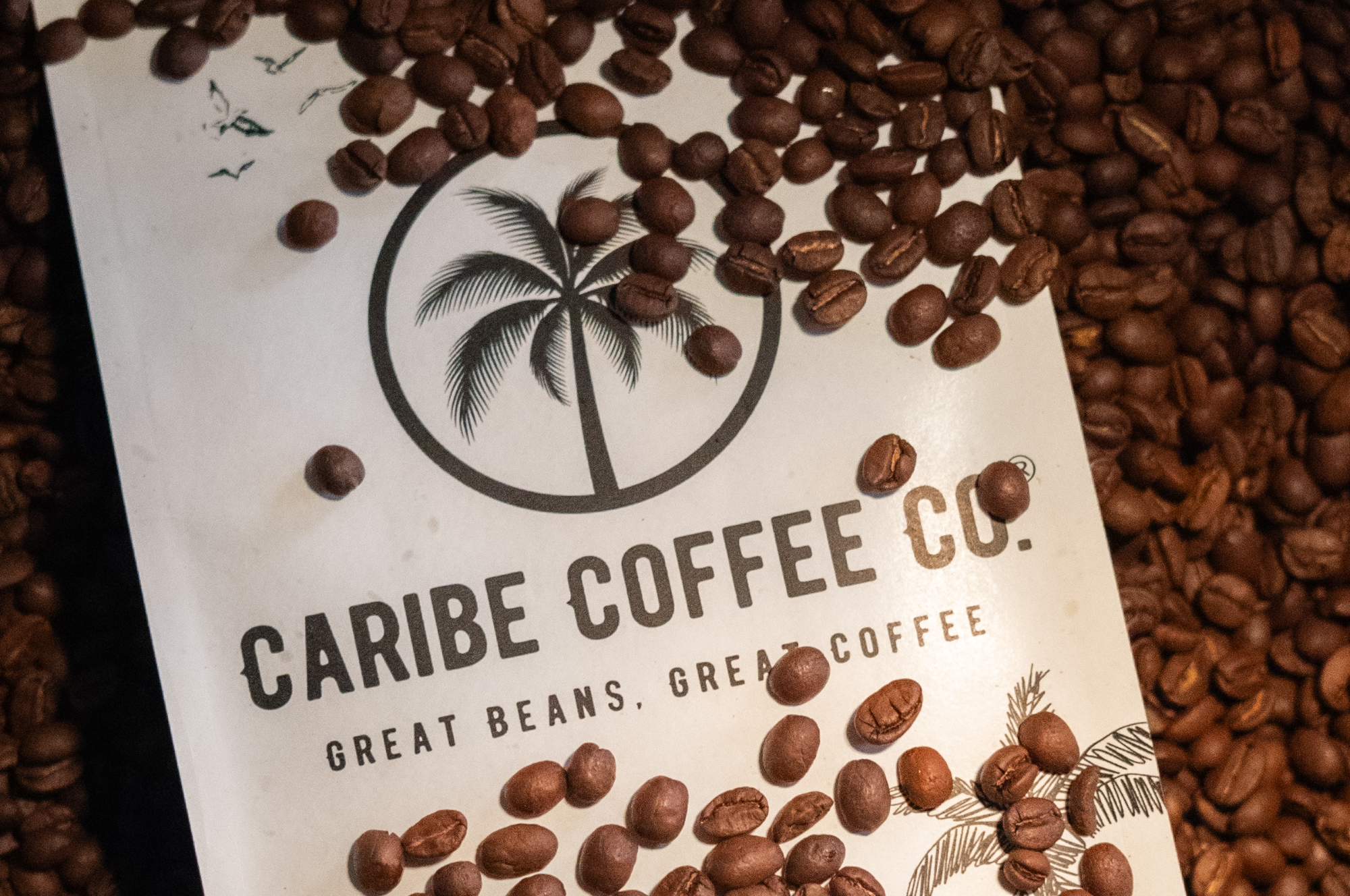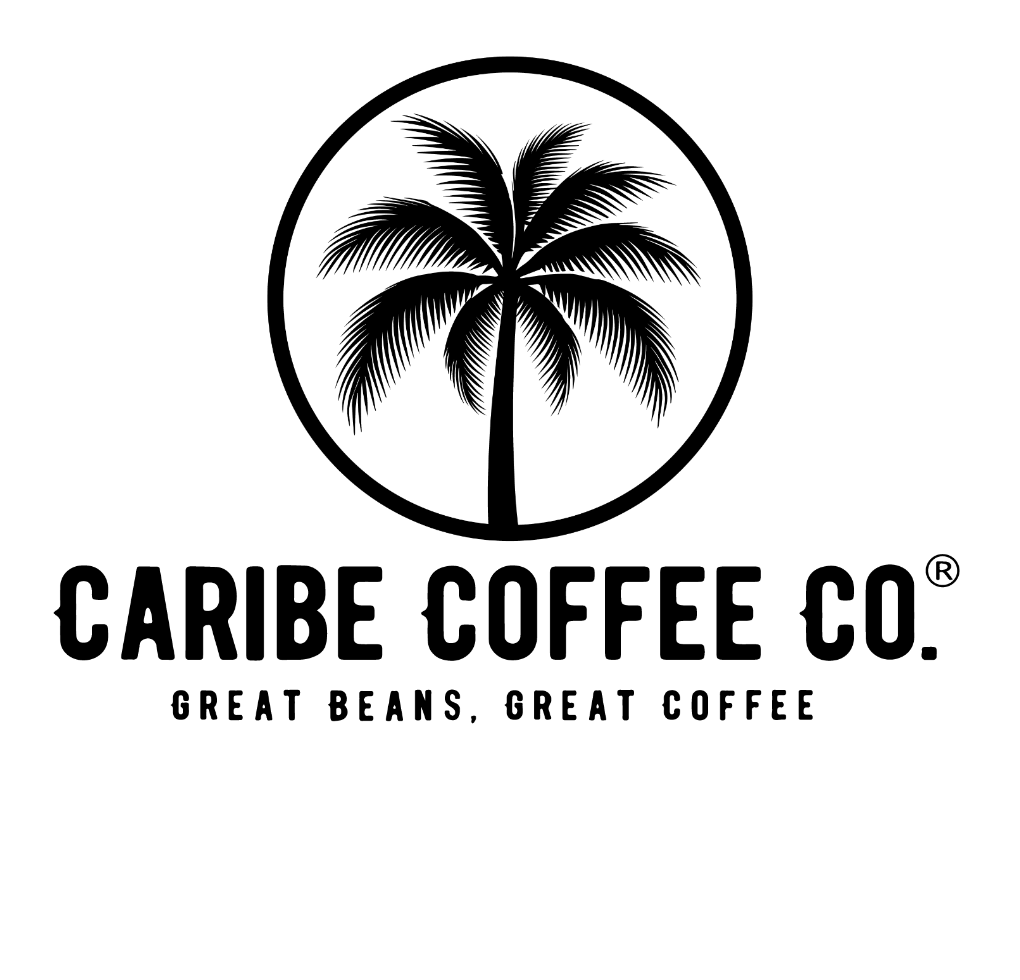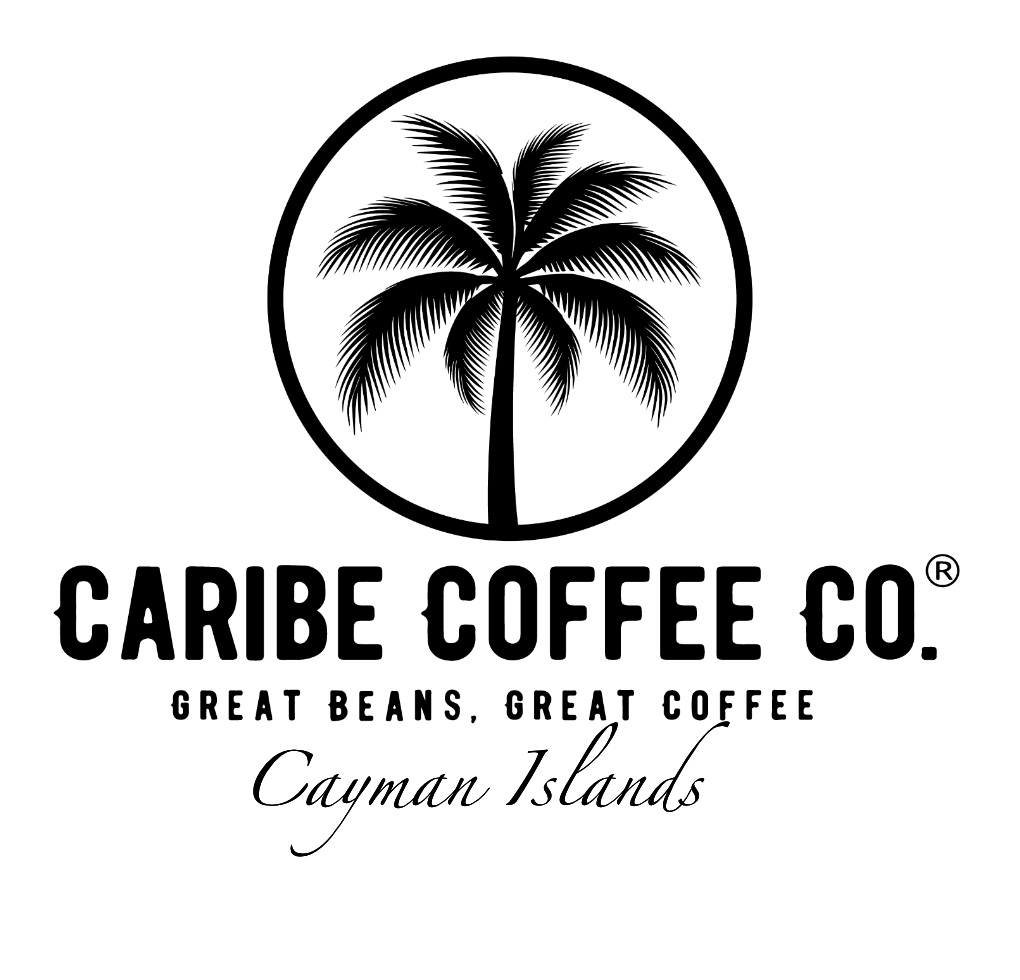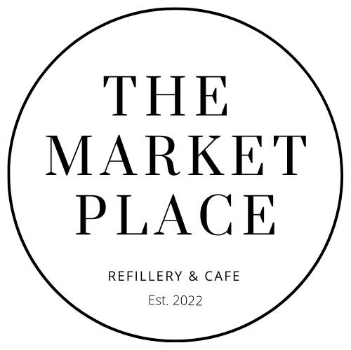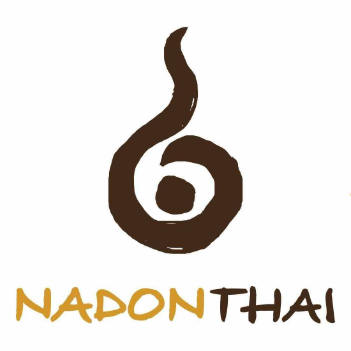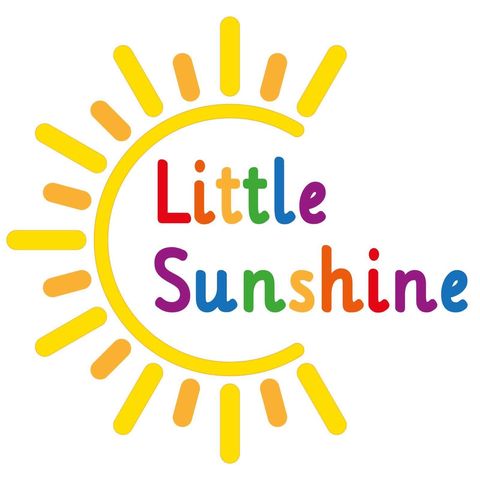We totally LOVED this article!
Article by Jessica Easto Original article HERE
Smooth like chocolate or fruity like a berry, coffee has as many tastes as wine or beer – you just need to know your beans
Need to know
Coffee hasn’t always received the attention it deserves. In many Western countries especially, the beans were low quality. Drinkers didn’t know or care about how coffee was produced, bought or brewed. A lot of coffee was cheap and tasted bitter, and its purpose was practical: medicine or fuel.
But over the past few decades, things have started to change around the world. A global band of intrepid producers, buyers, roasters, baristas and scientists have been elevating coffee to the craft level, like fine wine and beer. You might think that you know what coffee tastes like – roasted, toasty and bitter – but that’s only a sliver of the variety available to you now.
Coffee – what’s called ‘drip’ or ‘filter’ coffee, not espresso – can taste smooth and sweet like chocolate, or provide a zip on your tongue like a bright Champagne, or taste fruity, just like a blueberry. And when I say ‘chocolate’ or ‘blueberry’, I mean the coffee itself literally tastes like those things, without any added syrups or flavourings. The first time you drink coffee that tastes like more than coffee, you’ll never forget it.
This expansion of flavours is partly down to a global trend towards new roasting techniques. All coffee roasters create a roast profile – a manipulation of time and temperature – to achieve flavour in the beans. Historically, coffee has been roasted for relatively long periods of time at relatively high temperatures (think of traditional Italian coffee culture or the giant coffee chains in the United States). This profile tends to emphasise roast character, the flavours imparted by the roasting process – akin to how the process of ageing bourbon in oak barrels imparts a distinct flavour to the spirit. But more recently, distinct coffee cultures – including those of North America, Australia, Britain, Scandinavia and Japan – have been pushing other roasting techniques forward, ones that focus on the qualities of the bean. For example, roasting at relatively low temperatures for a shorter amount of time tends to accentuate what I call coffee character, the unique flavours inherent in the bean itself and where it was grown – or its terroir, to borrow a term from wine.
At the same time, producers all across the ‘Bean Belt’ – the band of coffee-growing countries that fall between the tropics of Cancer and Capricorn – are refining their growing and processing techniques, supplying the speciality coffee market with unique, delectable coffee beans. All this has opened the door to a world of possibility for consumers. Coffee has never had more variety or more potential to taste great than it does right now.
Whether you’re a regular coffee drinker or just starting out, the best way to enjoy a cup is by honouring all the craftspeople – the producers, green-coffee buyers, roasters, baristas and more – who made your brew possible. Today’s speciality coffee offers as much range and variety as wine and craft beer, yet it’s mostly still not appreciated and savoured in the same way. Whether you see coffee as an occasional treat or as a daily essential, there is so much more you can learn and enjoy.
What to do

Select high-quality beans. Say goodbye to the large canisters and bags of preground coffee that line the grocery store shelves. You won’t find quality there. I recommend seeking out independent local roasteries, or looking online if there isn’t one nearby. If you can, try to talk to the roasters personally about their coffee, either at their café or over email. In my experience, the more information they’re able to give you about the beans, the more likely that their business values quality and transparency.
A craft roaster (or the barista who is slinging their coffee) should be able to tell you what country the beans come from, the variety of coffee it is, the name of the producer, how the coffee was processed, and even what elevation it was grown at. Knowing this information indicates that care was taken during the production process and that the roaster values their ingredient, both of which are marks of quality. (If the roaster can’t or won’t share this information, then run away fast.) Many craft roasters even take trips to origin – where the beans are grown – to taste and select coffees for their clientele.
Craft roasters often carry both single-origin coffee (meaning the beans come from only one country) and blends (a mix of beans from more than one country). Both of these can be great, but single-origin beans tend to be of a higher quality – they have more potential to be distinct and interesting, with flavours that vary greatly depending on the variety of bean, where they were grown, how they were processed and sorted, and more. In contrast, blends tend to be developed to have a more consistent taste, no matter the season, but are cut with lower quality (but still good) beans for the distinct purpose of making them affordable.
It’s always worth spending a bit more money, if you can. This is partly because of taste – high-quality coffee is more expensive – but it also means your coffee is more likely to be ethically produced. Coffee producers have historically been exploited, and even ‘fair trade’ prices – designed to protect farmers – often aren’t enough; they have barely increased in recent decades. That’s why some speciality coffee roasters make a point to buy above fair-trade prices, which inevitably costs more for consumers. Where possible, buy your coffee from roasters who purchase their beans ethically and transparently at a price that reflects the tremendous amount of human effort and skill involved in coffee production.
Drink thoughtfully prepared cups. One challenge that great coffee has – unlike wine and beer – is that someone must prepare it on the spot before it can be consumed. This throws a lot of variability into the mix. Having just two ingredients – coffee and water – might sound simple, but they can be challenging to work with. Coffee, like any spice, stays fresh only for so long, and water quality is variable, depending on where you are. On top of this, the person making the coffee must understand how to brew it properly, or use a machine that’s capable of doing so. Even the best beans in the world, when brewed in the wrong way, can produce a bad cup of coffee.
To enjoy coffee while you’re out and about, I recommend you patronise cafés with people (or machines) that brew well. Look out for places with lots of information about their coffee displayed on signage, and/or staff who can answer questions about where it comes from, how they brew it, and how it tastes. Note that a great coffee shop doesn’t necessarily need baristas to brew by hand, though many do, because professional-grade machines can be programmed to make very good coffee.
If you’re at home, you’re best off learning how to brew well by hand. This is because most standard home coffee machines are not up to the task. They are usually incapable of keeping the water at the optimal temperature or achieving an optimal brew time (more on that in a moment). All you need to start brewing well at home is a kettle to boil water and one of the dozens of manual coffee devices available on the market – see the Links and Books section below for what to try. A kettle just off the boil achieves the proper brewing temperature, and you can control the brew time with your device. Instant improvement!
Experiment with timing. Let’s look a bit more closely at why timing is so important. When you grind up coffee and add water, the water acts as a solvent. As the coffee molecules dissolve, flavour is extracted. But importantly, these molecules don’t all dissolve at the same rate. Ones that contribute to acidity and sweetness tend to extract more quickly than those that contribute to bitterness. A well-brewed cup has a pleasing balance of these tastes, so you need to get the timing right.
An under-extracted cup that wasn’t brewed long enough tends to have an overwhelming amount of molecules that contribute to the perception of acidity, making the coffee taste too sour. An over-extracted cup that was brewed too long tends to have too many molecules that contribute bitter notes, making the coffee taste overly astringent.
The correct timing – which could range from less than a minute to eight or more – depends on your device and, to a certain extent, the coffee you’re using. (Professionals in top-tier cafés are constantly tweaking their timing to account for numerous variables and to coax the best-tasting cups from the beans.) It will also depend on the size of your grounds: different devices require different grind sizes to achieve optimal brews (see Learn More below).
For beginners, I recommend the classic French press (cafetière) using very, very coarse grounds and a long brew time of eight minutes. For more information about devices and brewing, check out Links and Books below, or speak to your coffee seller.

Taste thoughtfully. Coffee is complex by nature: a typical roasted coffee bean contain more than 800 different chemical compounds that contribute to flavour and aroma. The broad coffee flavour categories include fruity, floral, sweet, nutty, cocoa, spices, green/vegetative, sour, fermented and, of course, roasted. Within those are dozens of flavour references – such as rose and jasmine in the floral category, for example.
These flavours can be subtle, requiring a developed palate, or they can hit you like a train. If you’ve never experienced a coffee that tastes extremely fruity (usually of blueberry), try to find a naturally processed single-origin Ethiopian coffee from a craft roaster. Tell them you’re looking for a flavour bomb or blueberry bomb; they’ll know what you mean. For many coffee lovers, this type of bean was their ‘a-ha’ moment. Coffee flavour is often more understated than this, but this one is a great place to experience coffee’s potential in the extreme.
Although coffee can taste all these different ways, keep in mind that there are no reliable industry standards about how its flavour is described. World Coffee Research is an international organisation that has produced a common vocabulary, but it’s not widely adopted – at least not in the marketing language that coffee roasters use to communicate with customers. Instead, you might find flavour notes on bags that seem oddly specific, things you don’t identify when you taste – like ‘toasted marshmallow’ or ‘Turkish delight’. This is because flavour is affected by our own memories and experience, and the experience a roaster uses to describe flavours might not match up to yours. At the same time, roasters are trying to make the coffee sound tasty, so that can influence the words they choose.
Flavour notes – the suggested tastes written on a packet or café sign – will be subjective until a standardised vocabulary is used (the wine industry has done a better job of this), but that doesn’t mean that they’re useless. I tried that coffee with the Turkish delight description. To me, it had the uncanny aroma of grape-flavoured cigarillos, something that brought me back to my days working as a cashier in a gas station. I have never had Turkish delight, and you might not know what a grape-flavoured cigarillo smells like, but they both have common denominators: sweetness, fruitiness, an earthy toastiness. Try to interpret the flavour notes that way, drawing from your own experience, rather than worrying about detecting specific notes written on the package.
The more coffee you taste, the more you’ll discover general preferences for broad categories of flavours, such as fruit, nuts or spices. You can also try to develop your palate a bit: when you smell and taste new foods, try to clock the nuances of flavour. When you try new coffee, taste it thoughtfully. Smell it. Hold a sip in your mouth. Slurp it to splash coffee on the back of your palate. Exhale as you swallow. See if the flavour conjures any memories or reminds you of something you’ve tasted before. This is one of the joys of high-quality coffee.
Try coffee without adding milk and sugar. Lastly, bear in mind that many of us add milk and sugar to our coffee by habit, often to mask bitterness or off-flavours from low-quality coffee. But when you enjoy coffee that’s been roasted to emphasise the flavours of the bean, you don’t need milk and sugar to make it more palatable. Coffee will always have notes of bitterness, but you can likely find something that was roasted to be smooth or sweet or bright enough for you without these additions. Further, if your goal is to taste individual flavour notes and experience all that coffee has to offer, you likely won’t be able to do so if you add milk and sugar. I occasionally drink a café au lait because I appreciate that coffee can pair well with milk, but when I want to appreciate the flavour of the coffee itself, I stick to black coffee.
Remember, I’m talking about filter coffee here, not espresso. Espresso is a strong coffee made to be highly concentrated. It can be drunk alone, but it’s often roasted to play nice with milk in drinks such as lattes, cortados and macchiatos. Note that chains such as Starbucks often add so much milk, sugar and flavourings to signature drinks that the emphasis shifts from espresso and coffee to its additives. These drinks might be tasty, but not because of the coffee.

Key points
- Roasting trends around the world have changed to emphasise the qualities of the bean over the qualities of the roast. One is not inherently better than the other; it’s a matter of preference. But modern roasting techniques have expanded the range of coffee flavour and aroma, and you might be surprised by what you find. Look for coffee from roasters who can tell you exactly what the coffee is, where it came from, who made it, and how much they were paid.
- Coffee communities have been historically exploited and continue to be. It takes a lot of time and skill to grow and process high-quality coffee (not to mention transporting and roasting it), so craft coffee, rightfully, should not come cheap.
- Flavour is influenced by sense memories, and roasters tend to label flavour notes based on their individual set of experiences, which might differ from yours. This is also why it’s important to taste widely and thoughtfully to develop your palate. You won’t be able to taste ‘macadamia nut’ if you’ve never eaten one.
- Milk and sugar are often added to coffee to mask bitterness or off flavours. But with the right coffee – a high-quality one that has been roasted to emphasise the flavour of the bean – you might not need these extras.
- A well-brewed cup contains the right balance of perceived acidity, sweetness and bitterness. Practise with timings, and different methods, to identify the most enjoyable balance.

Learn more
When it comes to enjoying coffee, especially if you’re interested in brewing your own café-quality cups at home, you’ll want to understand what is happening during the brewing process. We’ve already talked a bit about extraction and how it’s directly linked to the amount of time coffee is in contact with water. Your tongue is the best tool for determining whether a cup of coffee is under-extracted (too acidic) or over-extracted (too bitter). I recommend familiarising yourself with these sensations, as they’re often confused for one another. Try this:
- Eat or sip a few different foods and drinks with known acidity, such as orange juice, Granny Smith apples and tart lemonade. Try to perceive the feelings (not the flavours) they create on the tongue and in the mouth. For example, when I taste acidity, I feel a zing on the tip of my tongue and a mouth-watering sensation on the walls of my cheeks.
- Eat or sip a few different foods and drinks with known bitterness, such as tonic water, raw kale and green tea. Pay attention to where and how your mouth reacts. For example, when I taste bitterness, I feel a lingering dryness on my tongue, particularly toward the back.
Another component to evaluating coffee is called strength. This is not about caffeine – strength is a measure of the total dissolved coffee solids in a cup. It’s a characterisation of a coffee’s body, or how it feels in your mouth. A strong cup involves more dissolved solids, and feels heavier on your tongue. It will have more muddled flavours and a strong aroma. A weak cup has fewer solids and feels thinner, with weak flavours and a faint aroma. Think of the difference in consistency between whole milk and water – coffee can have that difference too.
At home, you can experiment with strength by simply adjusting the dose of coffee you’re using – the ratio of coffee to water. The more coffee you use, the stronger your cup will be. People who brew a lot of coffee tend to weigh both coffee and water in grammes to get this ratio right. Strength can be a matter of preference, but I recommend a ratio of between 1:15 (1 gramme of coffee to 15 grammes of water) and 1:17 to start with – then experiment and see what you like best.
You might also want to grind your own beans at home, since grind size plays such a big role in contact time and extraction – and thus the end result of the cup. The smaller (finer) the grind size, the more surface area it has, so it takes less time for water to get in and extract flavour. With bigger (coarser) grind sizes, there’s less surface area, so extraction takes longer. The best grind size will depend on the coffee and brewing device you’re using. It takes a bit of experimentation, but in general, I recommend very coarse grounds for French presses, and medium to medium-fine grounds for pour-over devices. (Very fine grounds are usually reserved for espresso, which extracts with the help of high pressure in seconds, not minutes.)
There are two types of grinders: burr and blade. You want a burr grinder – this grinds coffee between two flat surfaces as opposed to a spinning blade, and allows you to (1) adjust the size of the grounds and (2) grind to get pieces that are as consistent in size as possible. Or, if you’re buying coffee from a café, you can always ask them to grind the beans to the correct size for you.
I hope you’re now ready to explore new and different coffees. Try to savour their unique qualities the way you would any other artisanal food or beverage. Seek out high-quality cafés and roasters that specialise in modern techniques emphasising coffee character. Or try your hand at improving your brew at home. No matter what, the key to enjoying coffee is the experience. Whether your coffee is your morning meditation, an opportunity to discover new flavours, or a reason to gather with friends, your cup will be made sweeter by the memories you add to it.
Links & books
To learn about brewing coffee (and much more) in an accessible video format, check out the YouTube channel of the British coffee expert James Hoffman. He is a World Barista Champion and the author of the book The World Atlas of Coffee (2nd ed, 2018).
Author, Jessica Easto is a freelance editor and writer. She works as a contributing editor at Agate Publishing Inc and an adjunct lecturer at DePaul University in Chicago. She is the author of Craft Coffee: A Mauual (2017)


